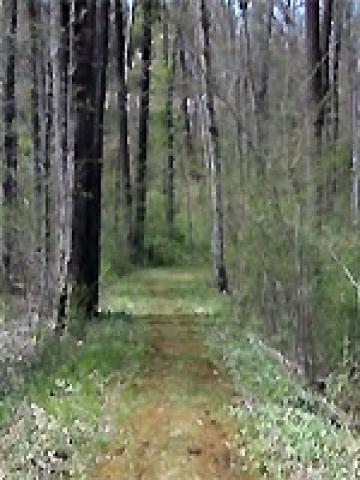
Marie Dennis, co-president of Pax Christi International, wrote the following reflection; it is also found in A Maryknoll Liturgical Year -- Reflections on the Readings for Year A.
"…If any want to become my followers, let them deny themselves and take up their cross and follow me.” -- Matthew 16:24
Pictures of children climbing barren trees in a refugee camp and of hundreds of scrubby trees struggling to provide a modicum of shade for the poor huts that shelter exhausted families were common on the internet during the Somali famine a few years ago. The pictures evoked poignant images of the important role that trees in East Africa play: as a community’s meeting place where important decisions are made and where the process of community reconciliation can begin to unfold.
Trees are important throughout the Judeo-Christian tradition. In fact, the bible begins with a description of the tree of life in the Garden of Eden and ends with a description of the tree of life on either side of the river … with its 12 kinds of fruit in the vision of the New Jerusalem.
In Earth Community, Earth Ethics, theologian Larry Rasmussen writes about how a tree of life carries its community - providing homes and shelter, furniture, tools, boats, food and fuel, energy and medicine. He reminds us that every single breath that every single human being has ever taken or will ever take depends on trees and on other green plants – all trees are literally trees of life. Trees, he writes, entertain journeys of the spirit. They are the subject of story and poetry and painting and sculpture; they are the site and substance of things religious. Trees join heaven and earth; they help us experience the fact that we are rooted in and are part of nature, even as we are constantly moving toward a horizon that is fullness of life.
In today’s gospel, Jesus turns toward Jerusalem where he will “undergo great suffering at the hand of the elders and chief priests and scribes, and be killed” – on a tree. Then he tells his friends, “If any want to become my followers, let them deny themselves and take up their cross and follow me.”
What that can possibly mean in the context of a world where millions of children go to bed hungry every night and where trees are too often uprooted in the name of progress?
“And on the third day be raised…” Jesus’ death turned the cross into a tree of life – back into a tree of life. By his death, we know, he overcame evil and reclaimed life – the life for which children in Somalia – and Afghanistan and Haiti and so many other places in the world yearn. The life imagined as the New Jerusalem.
We are called to follow his lead. Perhaps the first step is to pay attention, to accompany all those whose lives are devastated by hunger and fear, to help carry the cross that is on their backs, to mourn with them in whatever ways we can do so.
When suffering assumes a scale so huge that the pain individuals or families suffer is subsumed into the wailing of a whole community, a whole country, an entire racial or cultural group, the soul of the human family is profoundly affected and the instinctive response of most people is what might be called social mourning. That is the first step – empathy and the charity it evokes.
But social mourning also has to move us to uproot social and ecological injustice. Global hunger has not just “happened.” It is not an “act of God” for which we humans have no responsibility and over which we have no control. In fact, the war, climate change, rising food prices and bad macroeconomic policies at the root of the hunger crises too often faced in different corners of the world are all evils that could have been overcome.
In a world that is so intensely interconnected, our carbon emissions, our trade policies and our investment practices are intertwined with other root causes of serious hunger, even famine. To pick up a cross and follow Jesus may well mean that we feel so acutely the children who are chronically hungry that we respond with both immediate generosity and a long-term commitment to understand and transform systemic roots of the famine.
